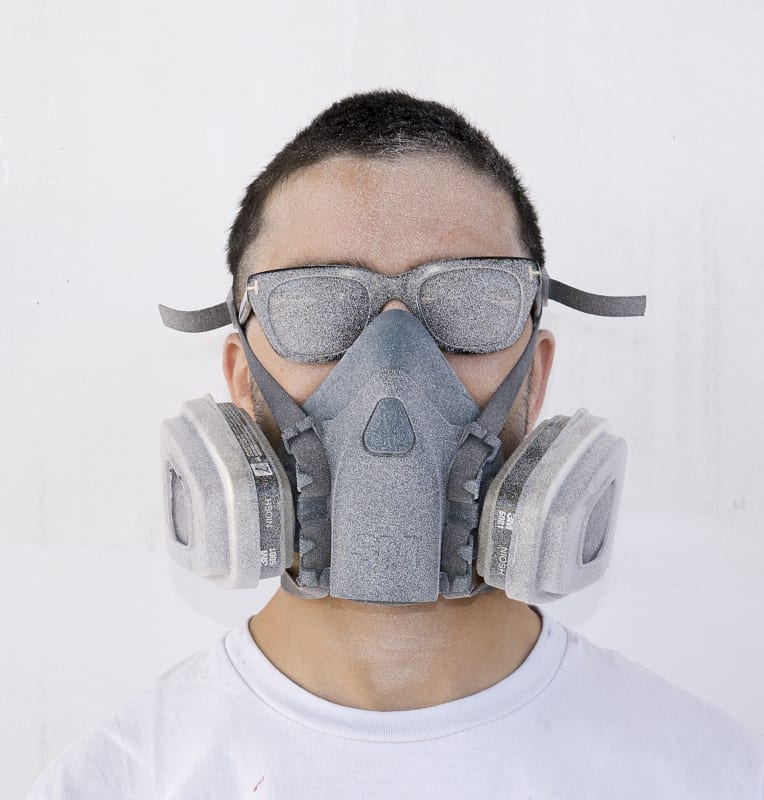"Opticromia 92", "2KM3", "W3-Dimensional 19" ... The titles of Felipe Pantone's artworks call to mind some unfathomable scientific jargon. This is of course the desired effect, for the work of the Argentine-Spanish artist lies at the intersection of art and science.
Felipe Pantone aims at accuracy and rationality. His work is built on recurring forms that are like a nomenclature, a periodic table, or the bricks of a code intended to be combined endlessly within an evolving process where the artist introduces breaks, disruptions, changes of scale or, as he calls it, "jumps in space".
His work consists of a controlled chaos that is like a representation of our world in the digital age. He creates a pictorial language that mirrors the dynamism and versatility of today’s digital reality. In a very literal sense, one could say that Pantone paints the internet.
The artist started off as a teenager by practising street art in Torrevieja, in southern Spain. Lettering and calligraphy then gradually gave way to geometric abstraction, but from graffiti the artist has retained a swiftness of execution and the ambition of an art that is accessible and democratized. Aspects of his work that ar also, that is no coincidence, characteristic of the internet world.
In the wake of the artists of the opticokinetic art movement, in particular Carlos Cruz-Diez, with whom he acknowledges an artistic filiation, he carries out many projects in the public space, seeking to reach the widest audience, while also adapting his studio work to a vast range of surfaces: public walls, building facades, malls, cars, motorcycles, flatboat - the list goes on. In this considerable activity, Felipe Pantone shows a great ability to constantly reinvent himself. In this respect too, his work is a reflection of our time.
Felipe Pantone was born in 1986 in Buenos Aires and grew up in the south of Spain. He studied Fine Arts in Leeds and Valencia. His work has been exhibited in prestigious international institutions such as the Long Beach Museum in the United States or the Palais de Tokyo in Paris. He lives and works in Valencia, Spain.

